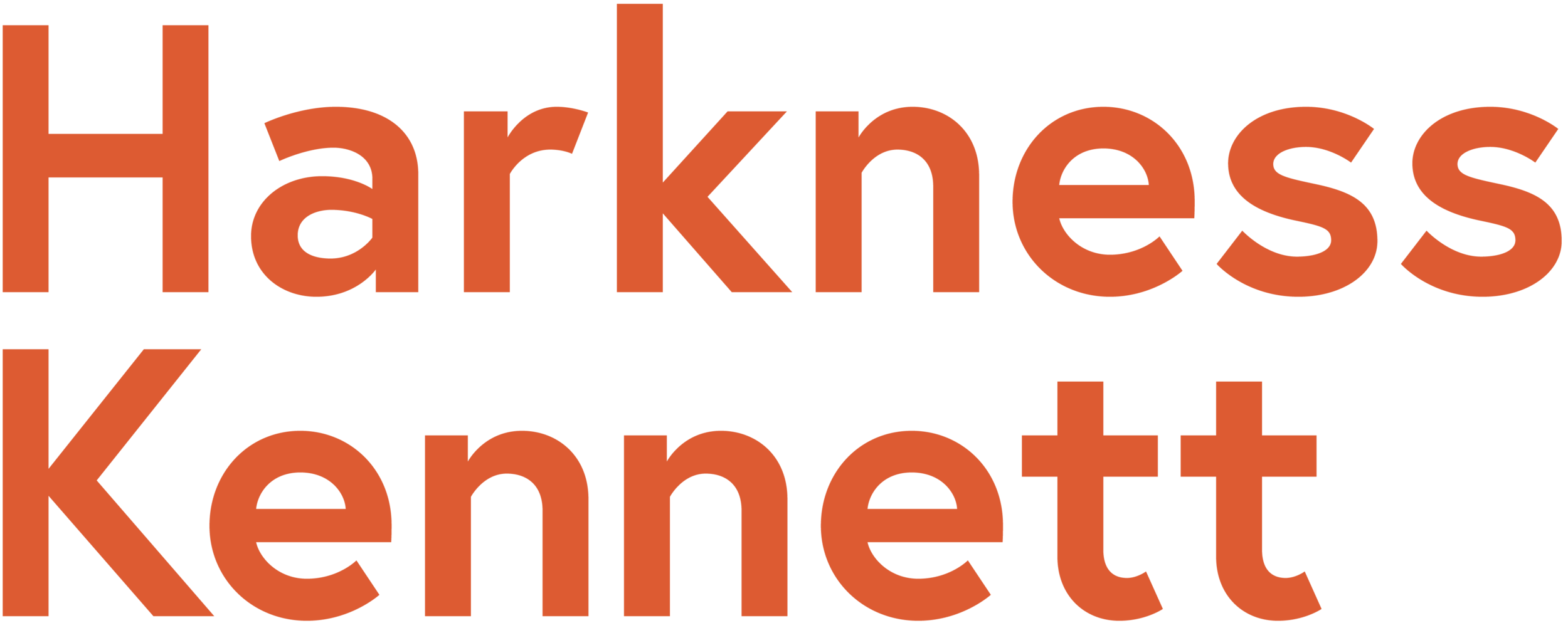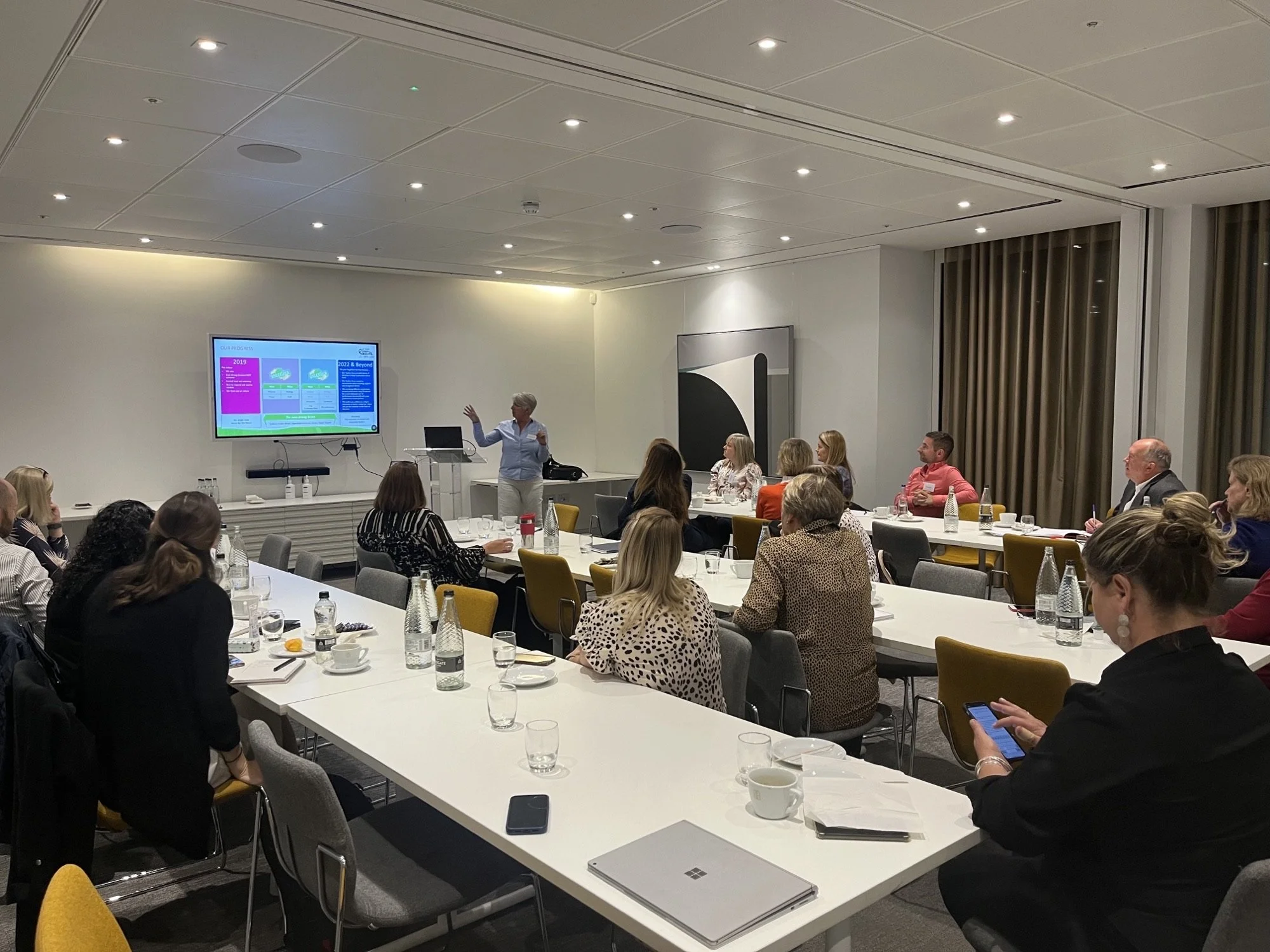A new way of working - home, work and community
my story
Work-life balance has taken on a whole new dimension in the last 15 months or so. Whilst many were seeing working from home as possibly the only silver lining of the pandemic, others now struggle to draw a line between home and work, and feel like they live at work, not work from home. So as communicators, how do we help to develop a new approach to work that is healthy for individuals and beneficial for organisations?
Back in 2017, and for a number of reasons, here at HarknessKennett we’d begun to find that having an office was becoming pretty impractical. With every member of the team facing a long commute to the office, and an ever-increasing need to meet clients and contacts in their offices or elsewhere, manning the office was becoming a challenge. But we were ‘shy’, to say the least, about letting people know about our new plan. And what was that plan? We invested in tech (including Microsoft Teams and a Dropbox cloud storage approach), sorted out what to do about post and phones, cleared out the office and started working from home. We built in weekly team video meetings, and bi-monthly face to face. And we just got on with it!
In some ways it wasn’t a big stretch for us as we’d always done some remote working. But the new tech, as everyone has now experienced, was a game changer. We handed back the keys to our office in December 2017, so when the pandemic broke we’d been home based for 2 years. It’s important to mention that homeworking in non-pandemic times is very different to during a pandemic! Over the last few months, I’m sure we’ve all experienced the fight for Wi-Fi, space to work, possible juggling of home schooling and other demands which, let’s face it, can make homeworking a little stressful! If you’ve only experienced homeworking during a pandemic, you’ve probably not experienced it at its best.
So, what have we learnt about this working model that might be useful to share?
The joy of no commute
And it is a joy! I personally got 3 hours a day back. 3 hours!! And I was determined not to fill it with jobs or the needs of my family, and by and large I’ve done that. Yoga before work, or a run, or a walk with the dog. In the evening, on a good day, I have more time to think about dinner (certainly we’ve reaped the culinary benefits of not commuting!) or a little project at home, like a new flowerbed. And I’ve read more too, what a luxury! But what about those days when the work is still mounting up, you’re under pressure, things have to be done now, and the rest of your family are waiting for you to turn into Nigella? You need to be strict with yourself. A – tell your family you’re still at work and they need to step in – now! B – do what you really need to do now, then step away from the work. Ask yourself: ”If I was in the office and had a commute to do, would I have left by now?” If the answer is yes, shut the laptop.
Does this feel like isolation, or room to breathe?
There are many time-related benefits of working from home that make life so much easier. But about a year into WFH I found that I did feel a bit isolated. I’m very lucky; a lot of my job involves talking to people, and I’m free to manage my own diary and head off to meet clients and candidates as needed, so trips to London were still happening on a weekly basis. Even so, no water cooler moments as we know them, can take their toll. So, what can we do about WFH fatigue?
As an organisation it is good to acknowledge this possibility with employees. Let them know that they can take the lead; if they feel isolated, they need to plan in more personal interaction. Video calls to catch up with colleagues are good, but if you need more face to face interaction, don’t forget you can build it into your life in ways other than work. Cancel the weekly Ocado delivery and go to the shop instead. Walk the dog in a busy park and chat to other dog owners. Take your laptop and work from a café for the morning. Find a friend who works from home and desk share with them once a week.
As a team, we’ve taken the opportunity to have ad-hoc team meetings at someone’s house or at a convenient ‘mid-way’ location. It’s good to take the initiative and ask to do that occasionally or to arrange one when you pick up that someone in the team is feeling a bit low. It works both ways too; your colleagues won’t necessarily pick up on any feelings of isolation you have but may well be supportive if you make your needs clear, so make the effort to reach out.
If you’re not sure how it’s going, ask people. Contact people directly or run some informal discussions about how people are feeling about continued homeworking and moving into hybrid. We’ve had some really helpful conversations whilst conducting IC research with clients this past year and can support on that if you need external help to build an effective listening program.
Give a little back
If you’re fortunate enough to have some time to get involved in community projects, it’s an ideal way to build in more face-to-face interaction into your life – and it can be extremely rewarding. During the pandemic whilst there’s been so much demand for volunteers, here at HarknessKennett we’ve supported colleagues in flexible working to support the vaccine roll out, and to enable them to care for vulnerable relatives. It’s good for the soul, good for the community and won’t do your corporate reputation any harm either!
How to help my organisation adjust
There are so many different experiences of homeworking you can’t adopt a one size fits all approach. We’d recommend creating some persona profiles; take some time to think about the different employees you have and articulate their experience. Reflect on the positives of the situation and acknowledge the difficulties. If working processes can be adapted to make the employee experience better make sure you tell everyone what’s being done, and don’t feel afraid to make some suggestions around how people can manage this better for themselves. If you need some advice and support around persona profiling, we’d be happy to help.
Give yourself time to adjust
It takes time to adapt to any kind of change, and this sudden shift to home working is no exception. As we all begin to settle into the changes to our working patterns, or indeed for some going back to original ways of working, we need to keep talking; about how we feel, what works and what doesn’t. The key to success will be the willingness to adapt processes and challenge thinking to make it work for us all, as individuals and as organisations.
Published by Nicky
































